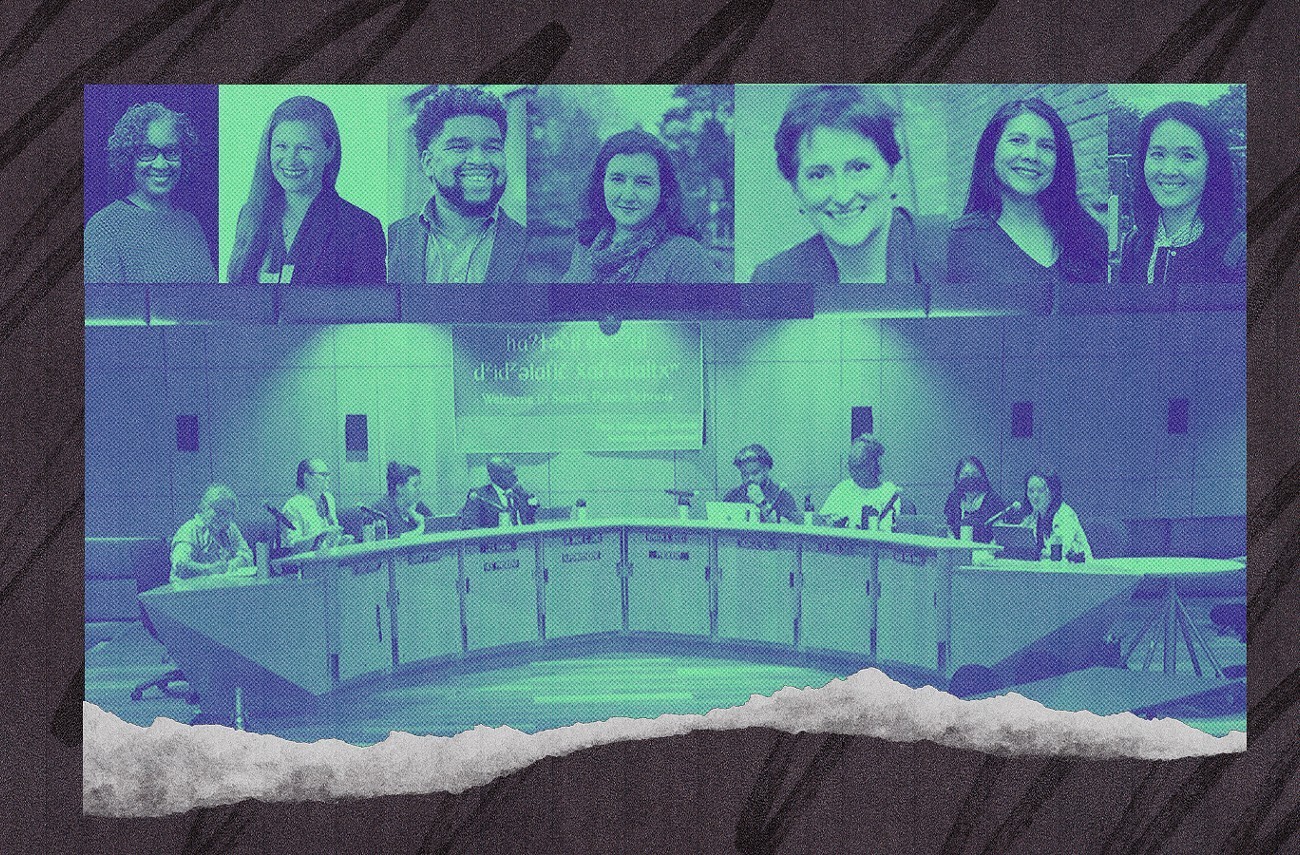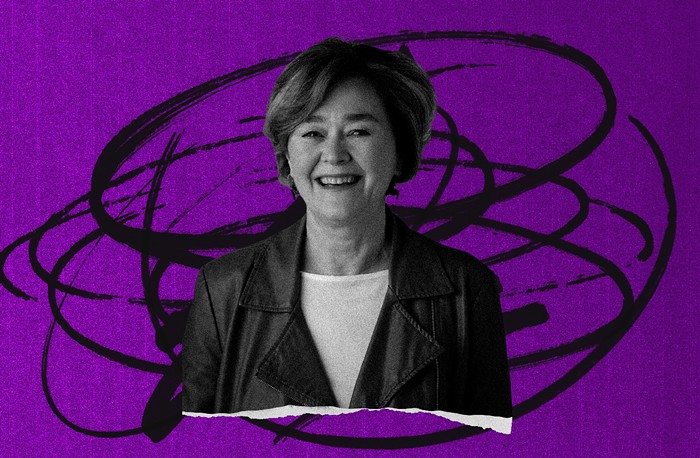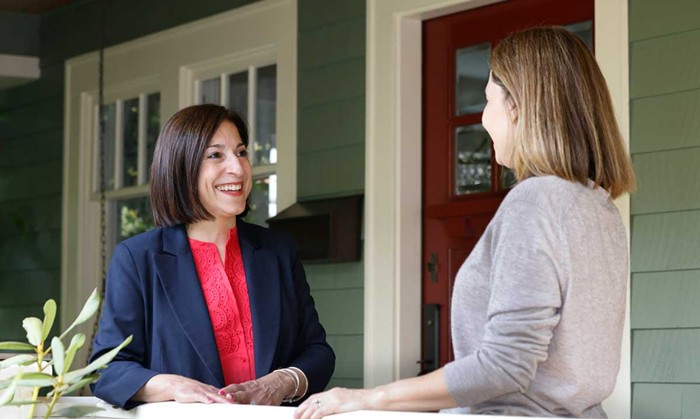At a meeting yesterday evening, the Seattle School Board of Directors introduced proposed budget policies for Seattle Public Schools as part of the board’s work to establish expectations under its new governance model. While the proposal sets out a much broader framework, one policy seeks to balance out the effects that wealthier parent-teacher associations (PTAs) have on the schools they support. The board won’t vote on the policies until its Nov 15 meeting, which gives the public (and me) more time to weigh in on the whole proposal.
But for now, let’s look at what’s going on with PTA funding, an issue that Seattle Public School (SPS) parents sought to tackle in recent years. This academic year, SPS expects to receive about $4 million in extra staff funding from PTAs. While that amounts to pittance compared to the total district budget, board Vice President Liza Rankin said even $100,000 can have an outsized effect at a single school, and those dollars often end up at schools with primarily white, high-income student populations, exacerbating existing wealth disparities.
For instance, the high-achieving magnet school Cascadia Elementary received $250,000 in PTA funding for extra staff and tutoring ahead of the 2023-2024 school year. While Cascadia’s student population is just 49% white, only about five percent of its students qualify for free or reduced lunch. Ten schools, including Cascadia, received about $2 million of the total PTA funding for this year, almost all with primarily white student bodies with low percentages of students requiring free or reduced lunch. Of the ten schools that received the least PTA funding (about $230,000 combined), half were Title 1 schools, and only four had white populations of greater than 50%.
In its proposal, the board wants the district to track how different funding streams feeding into every school affect student outcomes, and then figure out how to correct for inequities. No one wants to turn down PTA donations, said school board Director Chandra Hampson, who led the effort alongside Rankin to create the budget policies, but the district needs to understand how funding contributes to its struggle to close the achievement gaps for Black boys.
While the board plans to let the district sort out the details for achieving equity across the district, Hampson offered some potential policy proposals, such as a cap on how much money PTAs could spend in a year, or a requirement that a portion of any PTA donation funnels into an equity fund for other schools. SPS parents have already started some of that work.
For the district to have a cohesive funding strategy, it needs to enact policies that determine how and when to accept donations to ensure that smaller, more vulnerable populations don’t get left out, Rankin said. For example, she said this year TOPS K-8 almost cut a full-time general education teacher until the PTA raised $100,000 to save the position. However, when the same school lost a half-time American Sign Language (ASL) teacher last year, no one rallied to save that position. From Rankin’s perspective, that ASL position held more importance than the general education job because of TOPS’s deaf and hard-of-hearing (DHH) program. The ASL teacher bridged the language barrier between the students. Because it can be easier to rally support for a large group of students, PTA fundraising can result in these inadvertently show bias for the general student population rather than helping students with higher needs, Rankin argued.
However, Melissa Westbrook, who co-writes the Seattle Schools Community blog, countered the TOPS example with that of the Green Lake Elementary PTA, which raised funds for a handicapable playground in 2021. Green Lake is one of just three Seattle schools with a medically fragile education program, which serves students with severe physical and cognitive challenges. When the parents raised funds for the playground, they served a small population of kids and gave them resources the district could not. In fact, PTAs at least partly fund most playgrounds across the district, she said.
Still, Westbrook doesn’t actually disagree with the intent of the board’s policy. The district should know where money comes from, how much, and track how it changes students outcomes, she said. She also noted that the Washington State Parent Teacher Association recommends that PTAs don’t fund staff positions. Westbrook’s main issue comes from the fact that the board members wrote the policy using a heavy amount of jargon and broad language, and she doesn’t feel they acted transparently in creating the financial policy.




















